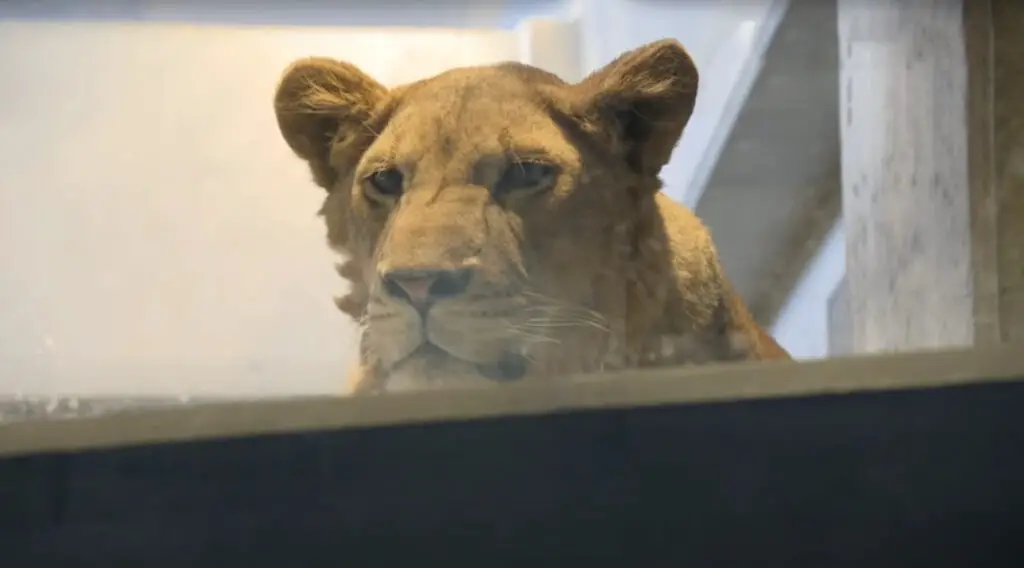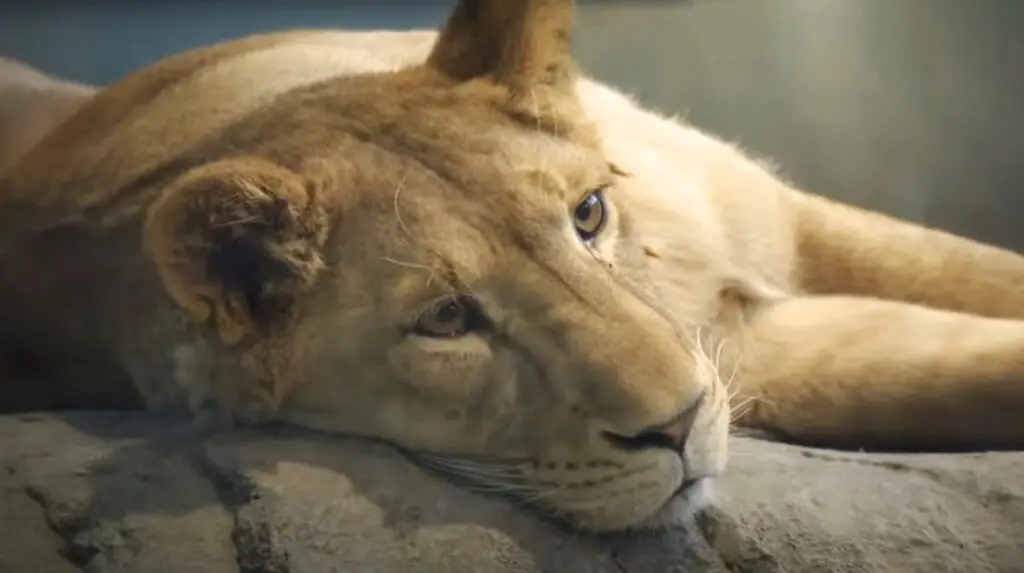A bungling zoo in Japan has admitted that it has wrongly identified a female lion cub for a male for nearly two years.

Sapporo’s Maruyama Zoo said it became suspicious after the animal, named Clay, had not begun growing a mane even after it turned 18 months old.
So they asked Hokkaido University to analyse a blood sample and were told that Clay was actually a lioness.
Local media reported the astonishing slip after red-faced zoo officials announced the finding on 1st March.
Clay was born at the Tobe Zoological Park in Ehime Prefecture in May 2022 and moved to Sapporo 17 months later on 23rd October.
Big cat experts at Tobe immediately classified the confused cub as a male because of what they thought was a growing pubic bulge.
But, it emerged, the bulge turned out to be a fold of loose skin in Clay’s coat and he was in reality a she, according to local media.

Awkwardly the zoo in Sapporo had planned to use Clay to head a breeding programme with their 17-month-old lioness Ito.
Now, according to local media, they plan to return Clay to Tobe Zoo and swap her for a genuine male.
The female, or lioness, is considerably smaller than the male, and in addition the colour is different with the male’s coat usually buff yellow or orange-brow. In contrast, lionesses are more consistently tawny or sandy.
But above all, as every schoolchild knows, the male’s outstanding characteristic is his mane and easily distinguishes him from females.



